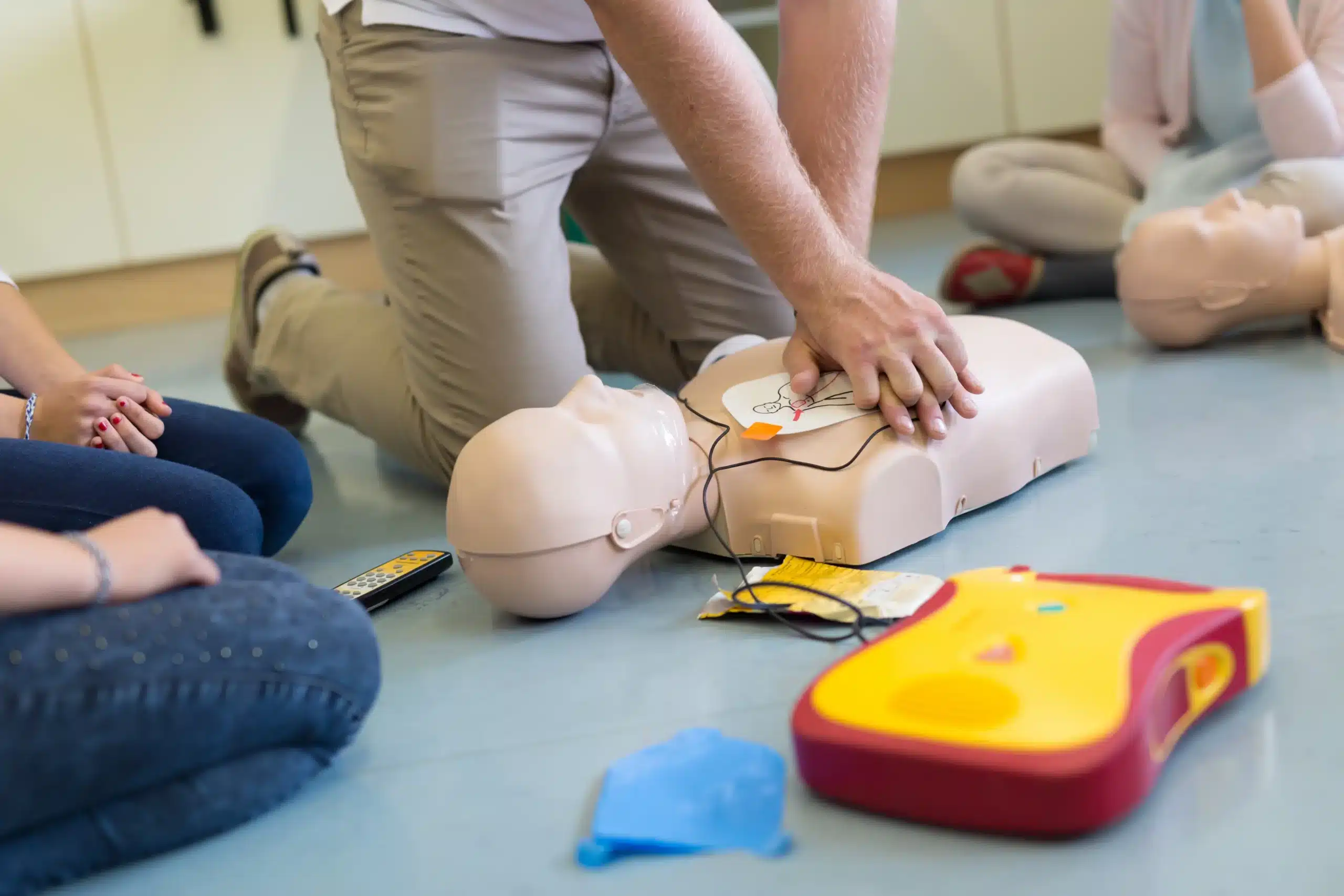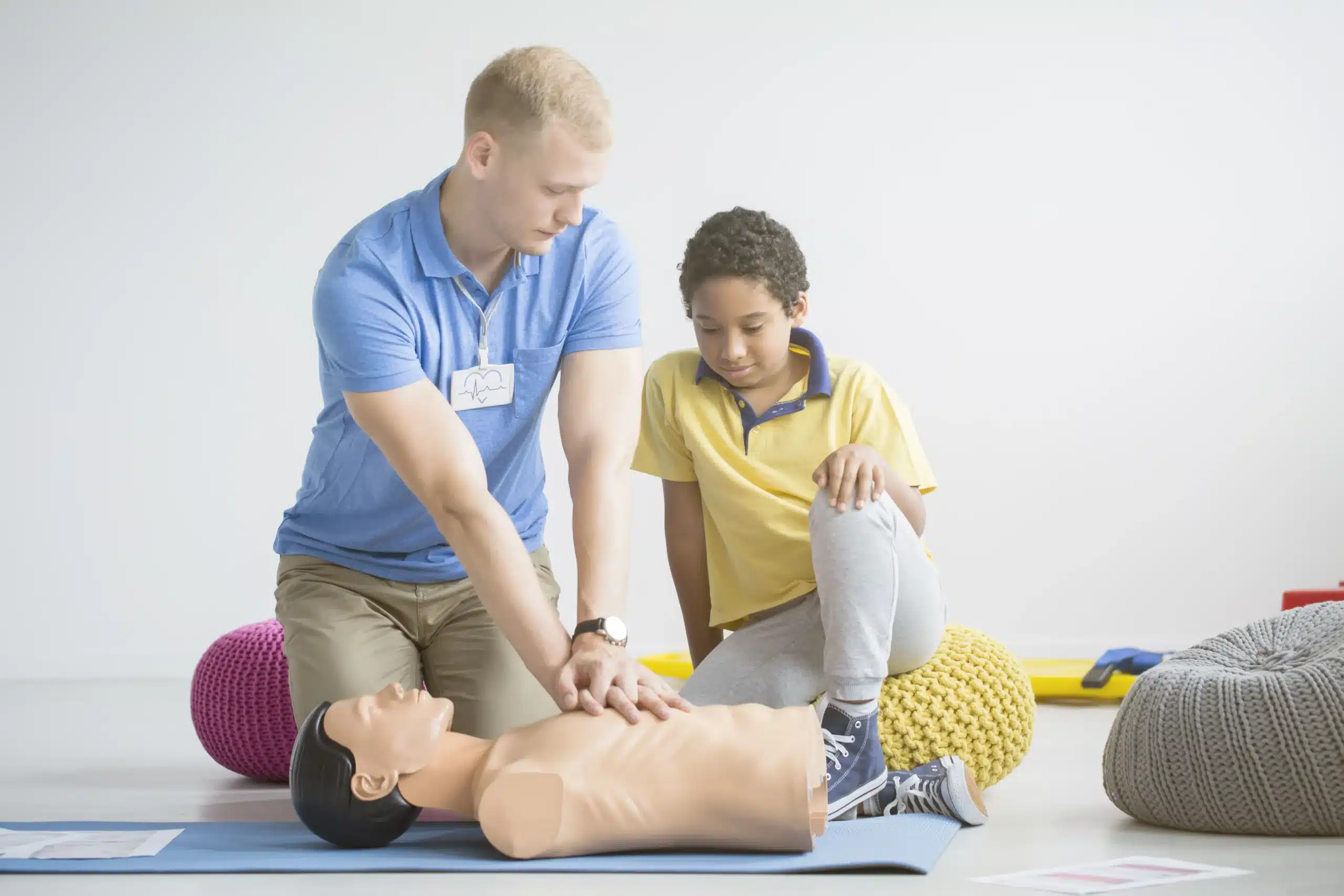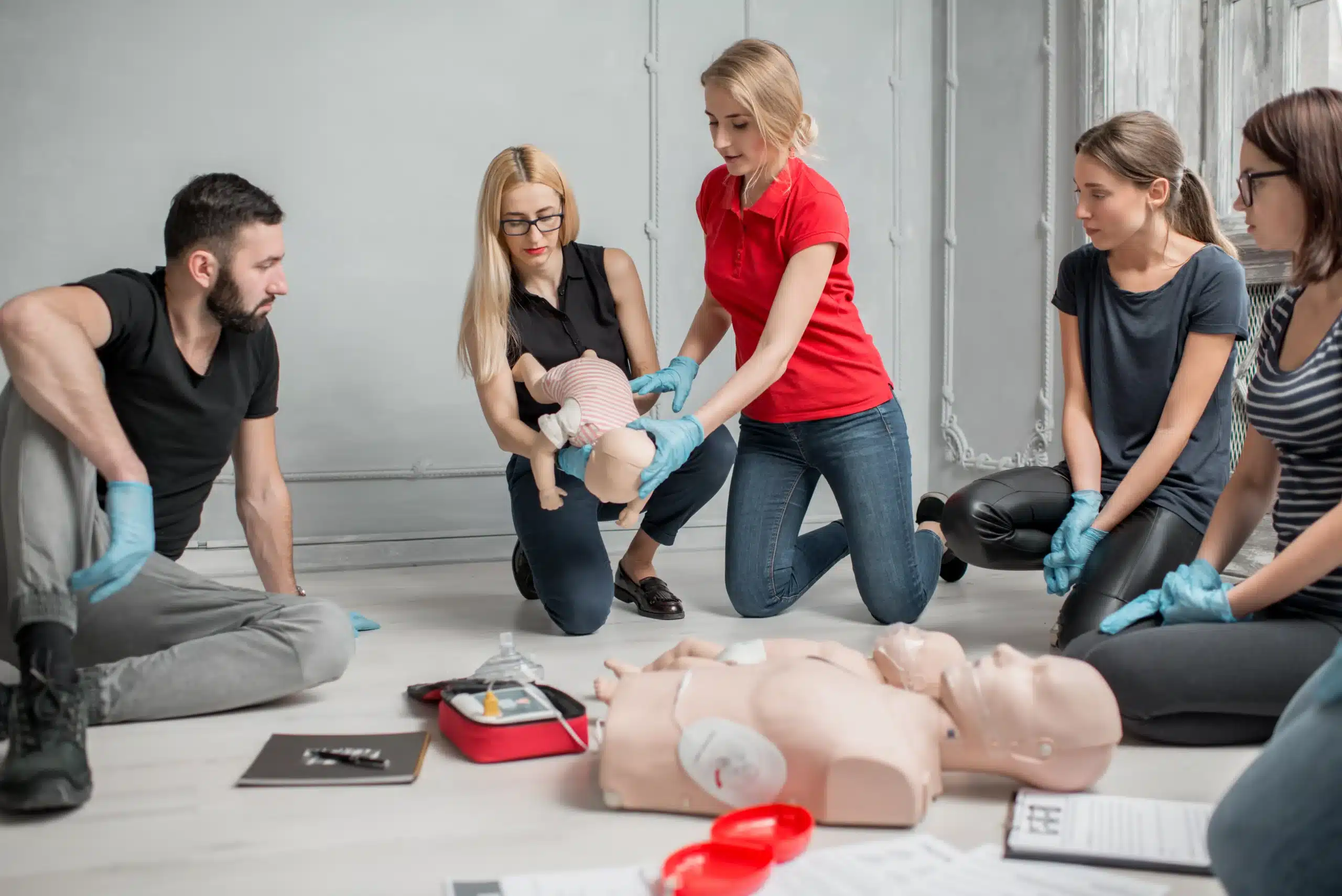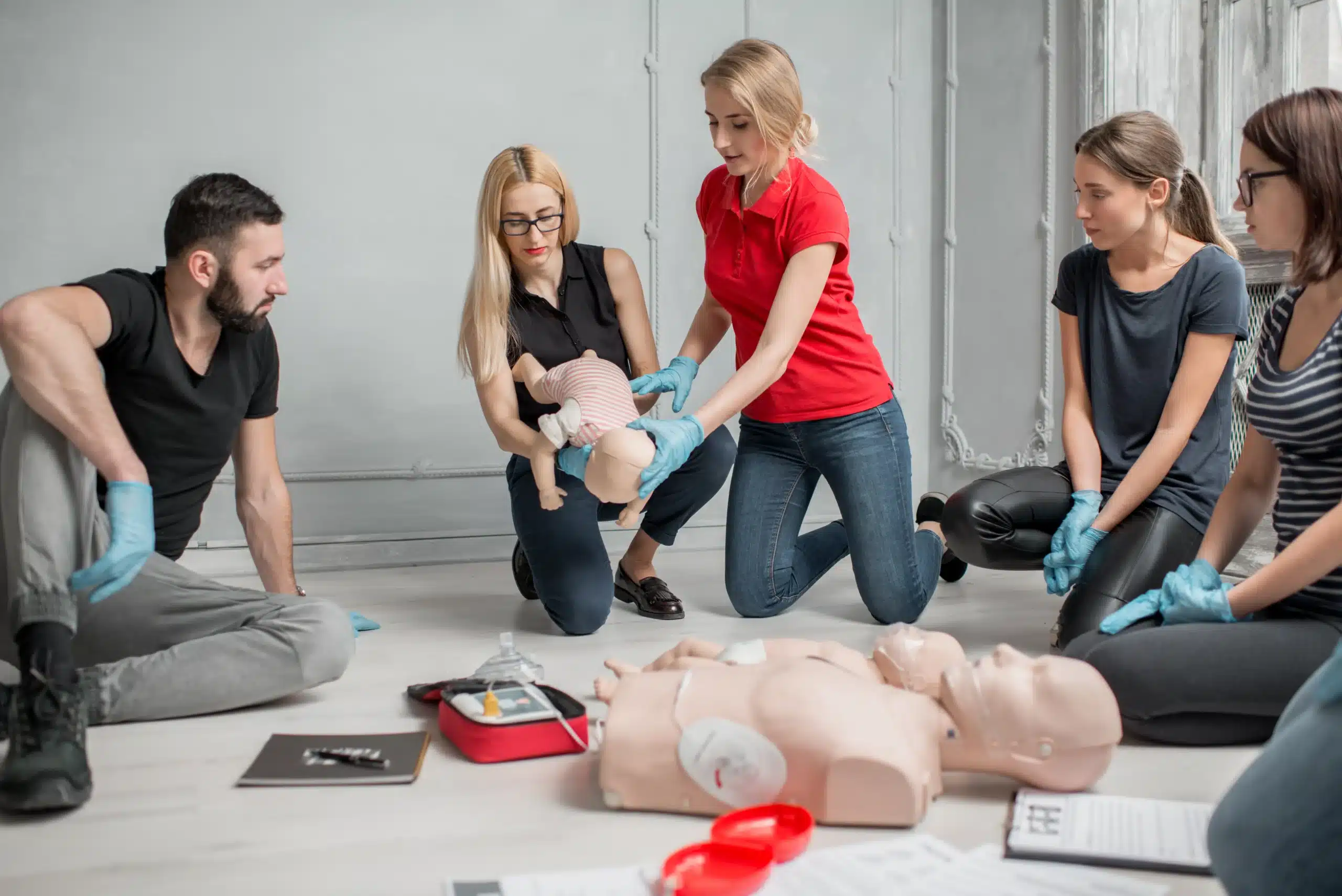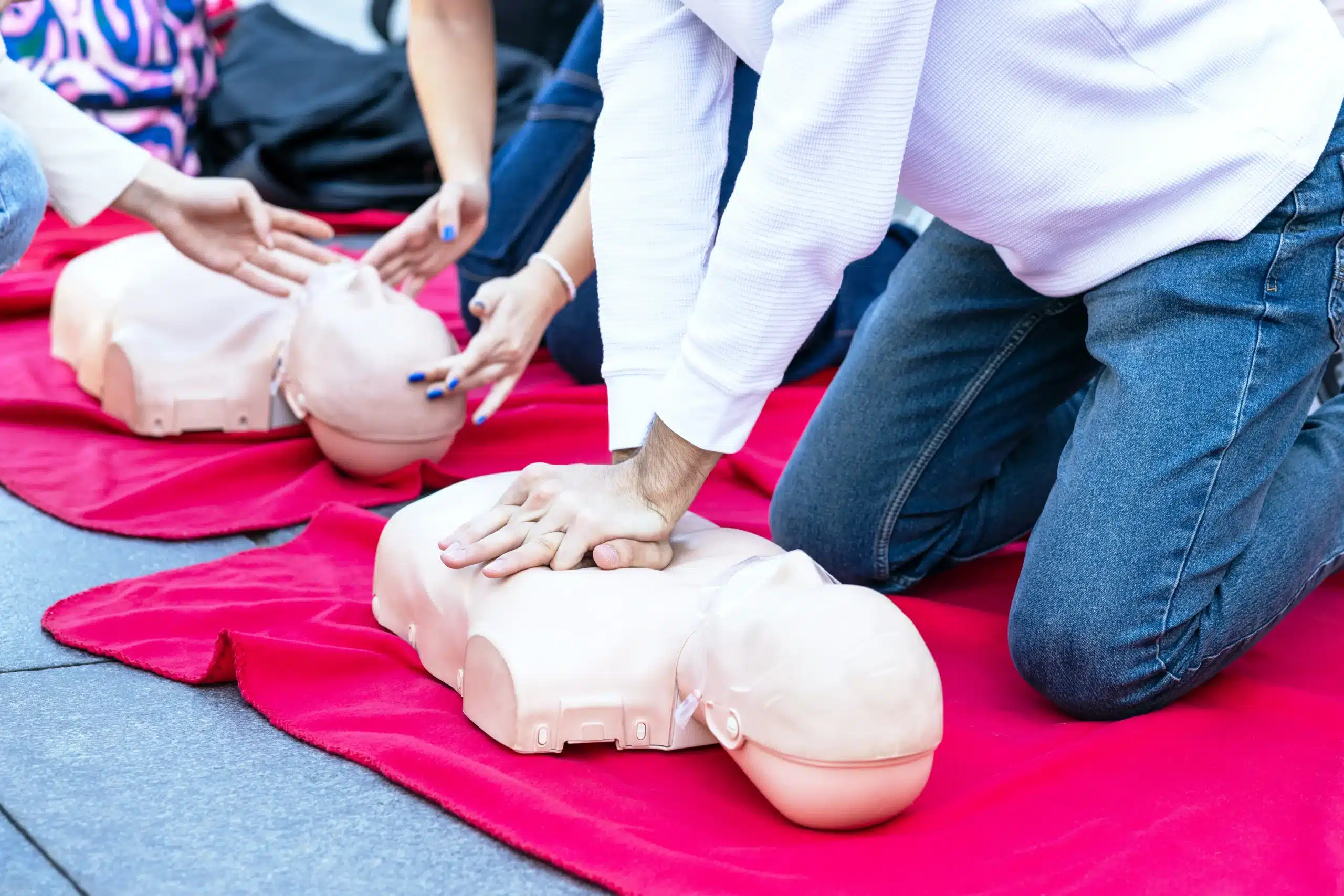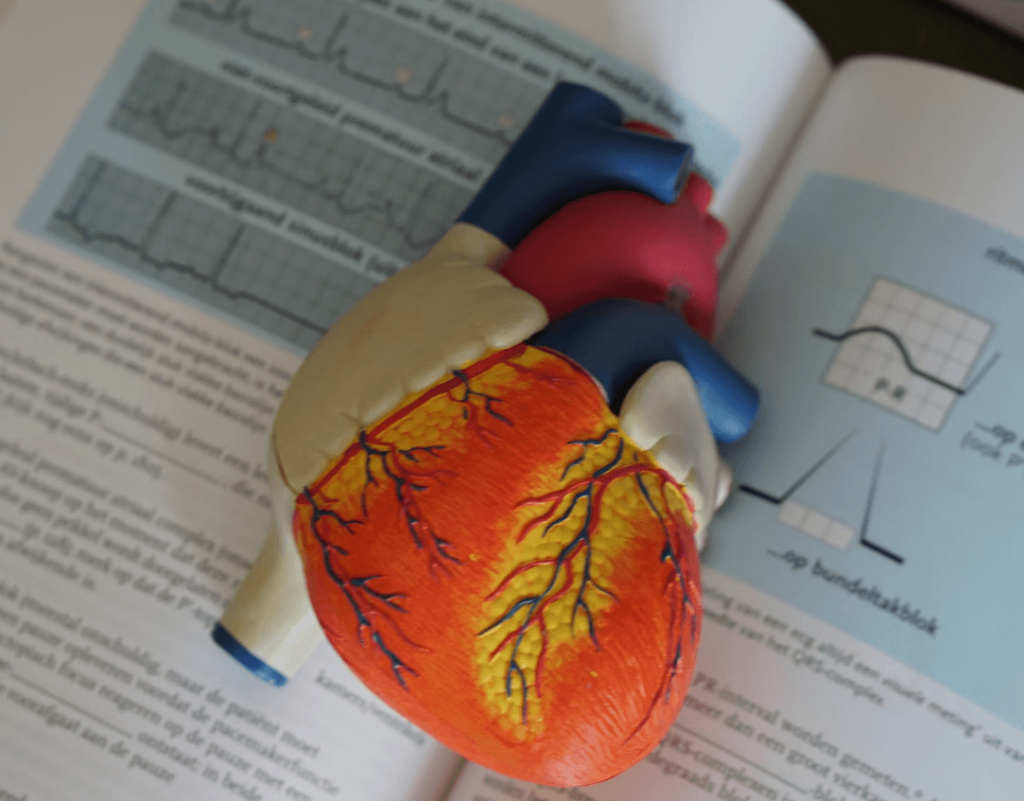Workplace safety is a priority. Companies are realizing its importance. Providing CPR and First-Aid training not only saves lives but also builds a culture of care and competence. In this blog, we’ll explore why these skills are essential in the workplace, how they benefit employees and employers, and provide you with practical steps to implement them effectively.
Immediate Response Saves Lives
Quick action saves lives. In an emergency, every second counts. When employees know CPR and first-aid, they can act quickly. This knowledge could mean the difference between life and death. Research shows that rapid responses can triple survival chances, highlighting the importance of proper training.
CPR and first-aid training equip employees with the skills needed to handle emergencies. They learn to assess situations, administer chest compressions, and provide basic wound care. These actions stabilize victims until professional help arrives, ensuring a greater chance of recovery.
With the right training, employees become confident responders. They develop the ability to remain calm under pressure, which is crucial in stressful situations. This confidence can inspire others to act, creating a supportive environment during emergencies.
Legal Requirements and Compliance
Employers have legal obligations. Rules and regulations vary by region, but many require workplaces to train employees in CPR and first-aid. Complying with these laws protects businesses from liability and ensures a safe environment for all.
OSHA mandates that certain industries provide CPR and first-aid training. This requirement is especially crucial in high-risk workplaces, like construction sites and factories. By meeting these standards, companies avoid penalties and create a safer workplace culture.
Training programs should adhere to established guidelines. Organization like the Safety Training Seminars offers accredited American Heart Association courses that meet legal requirements. These programs ensure employees receive up-to-date, accurate information, which is vital for effective response.
Enhancing Employee Confidence
Confidence boosts performance. Training employees in CPR and first-aid increases their sense of self-worth. They feel empowered, knowing they can help others in emergencies. This confidence translates into better job performance and a more positive work environment.
Employees who feel valued and capable are more likely to engage in their work. When companies invest in their development, employees feel appreciated. This investment fosters loyalty, reducing turnover rates and increasing overall productivity.
A confident workforce enhances teamwork. Trained employees understand the importance of collaboration, especially in emergencies. They communicate effectively, ensuring everyone knows their role and can contribute to a positive outcome.
Building a Culture of Safety
Safety becomes a priority. When companies emphasize CPR and first-aid training, they foster a culture of care. Employees see that their well-being is valued, leading to increased job satisfaction and morale.
A culture of safety encourages open communication. Employees feel comfortable discussing potential hazards and suggesting improvements. This openness leads to proactive problem-solving and a safer work environment for everyone.
Promoting safety awareness reduces accidents. Trained employees are more likely to recognize potential dangers and take corrective action. This vigilance minimizes the risk of accidents and injuries, ensuring a safer workplace.
Reducing Workplace Accidents
Preventing accidents saves money. Training employees in CPR and first-aid reduces workplace incidents. Fewer accidents mean fewer compensation claims, saving companies money in the long run.
Trained employees can identify hazards before they escalate. They know how to address potential risks, preventing accidents from occurring. This proactive approach leads to a safer workplace and fewer financial burdens for employers.
Reducing accidents improves productivity. When employees feel safe, they work more efficiently. Fewer disruptions mean higher output, benefiting both employees and employers.
Investing in Employee Well-being
Investing in training shows commitment. Employers who provide CPR and first-aid training demonstrate they care about their employees. This commitment can lead to a happier, more engaged workforce.
Well-trained employees experience less stress. Knowing they can handle emergencies boosts their mental well-being. A healthier workforce is more productive, leading to better outcomes for the company.
Investing in training increases retention rates. Employees who feel valued are less likely to seek employment elsewhere. This stability benefits both the company and its employees, creating a more harmonious work environment.
Cost-effective Training Solutions
Affordable training options exist. Many organizations offer cost-effective CPR and first-aid courses. These programs provide valuable insights without breaking the bank, making them accessible to businesses of all sizes.
Online courses offer flexibility. Employees can complete training at their own pace, minimizing disruptions to daily operations. This convenience ensures training is accessible and effective.
Group training sessions reduce costs. By training multiple employees at once, companies can save money and ensure consistency. Group sessions foster team bonding, enhancing the overall training experience.
Empowering Employees with Lifelong Skills
CPR and first-aid skills have lasting benefits. Employees carry these skills beyond the workplace, making them valuable in personal situations. Knowing how to respond in emergencies provides peace of mind in all aspects of life.
Trained employees become community assets. They can assist in emergencies outside of work, contributing to safer communities. This capability enhances their sense of purpose and connection to others.
Lifelong skills boost employability. Employees with CPR and first-aid training are more attractive to potential employers. These skills demonstrate commitment to safety and a willingness to help others, qualities valued across industries.
Customizing Training Programs
Tailored training meets specific needs. Companies can customize CPR and first-aid programs to address unique workplace hazards. This personalization ensures employees receive relevant, practical training.
Involving employees in program development increases engagement. When employees have a say in their training, they feel more invested in the process. This involvement leads to better outcomes and a more committed workforce.
Regularly updating training programs keeps skills sharp. By incorporating new techniques and addressing changing workplace dynamics, companies ensure employees remain prepared for any situation.
Measuring the Impact of Training
Tracking progress demonstrates value. Companies can measure the effectiveness of CPR and first-aid training through assessments and evaluations. This data highlights areas for improvement and showcases the program’s success.
Employee feedback informs continuous improvement. Gathering input from participants ensures training remains relevant and engaging. This feedback loop fosters a culture of learning and growth within the organization.
Celebrating successes boosts morale. Recognizing employees who excel in training fosters a sense of accomplishment. This acknowledgment encourages others to participate and reinforces the importance of safety.
Partnering with Professional Trainers
Expert guidance enhances learning. Partnering with professional trainers ensures employees receive high-quality instruction. These experts provide valuable insights and real-life examples, making training more engaging.
Professional trainers offer credibility. They have the experience and knowledge necessary to deliver effective training programs. This expertise builds trust among employees, increasing their confidence in their abilities.
Ongoing support ensures success. Professional trainers offer continued assistance, addressing any questions or concerns. This support fosters a positive learning environment and ensures employees remain prepared for emergencies.
Conclusion
Workplace CPR and First-Aid Training matters. It saves lives, boosts confidence, and creates a culture of safety. By investing in these programs, companies demonstrate their commitment to employee well-being and build a more engaged, productive workforce. Implementing this training is a proactive step toward a safer, more efficient work environment.
For further resources or to explore training options, contact us at Safety Training Seminars. Our professional trainers are dedicated to empowering individuals and organizations with life-saving skills. Let us help you create a safer workplace today.


